|
I love the fair. For me, it's a reminder to get out, enjoy the beautiful weather, have some fun, indulge in deep fried EVERYTHING, and to visit and even learn a bit about animals. Over the weekend I joined my housemates on an adventure to the Sacramento County Fair - a few hours from San Francisco, it was a beautiful drive and arriving at the fair meant encountering the familiar sounds and smells of the fair! As a child the fair meant the midway - rides and games and prizes. I don't know if I have seen this before - these big bubbles have kids in them.. zipped up for a few minutes of "walking on water" - it looked like so much fun!! We stopped and watched them for a few minutes.. then on to more serious business. There's sheep at the fair, right? That means there's probably shearing.. and where there's shearing there's probably .... say it with me... 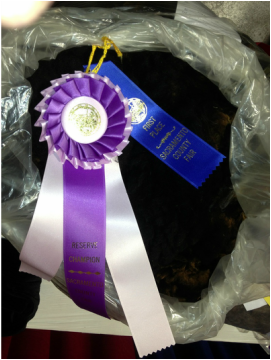 Fleece! (HOORAY!!) - John and I ventured into the exhibit hal and looked over the small-ish selection - it's nothing like the CA Wool and Fiber Festival, but still there was a nice variety of fibers represented. In the end, I selected a black medium corriedale ram lamb's fleece. It doesn't have a ton of debris in it, and the tips are a touch sunburned but it's not tender (according to the scorecard). Good uniformity and staple length of 4-1/2 - 5-1/2". It's also a blue ribbon winner and the reserve champion. What will it become? Hopefully yarn. I'm not going to give it an exact purpose yet... but my intention is to spin knitting or weaving yarn (2 or 3 ply) that can be worked up into something useful. Weaving would give me more material, I think... but first thing's first.. it's gotta get cleaned. 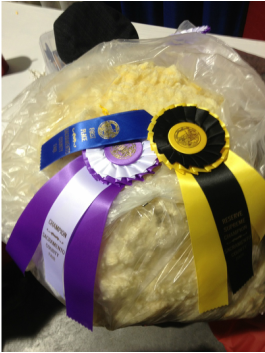 John bought another blue ribbon winner... a Dorset cross fleece from a ewe that has no sunburned tips. The scorecard on his says it's slightly yellow (and it is but not as much as shows in this photo). The staple length is around 4". We spent much of this weekend watching videos about spinning and fiber preparation while spinning different fibers. I think we're both excited about cleaning our fleeces and perhaps this coming weekend will bring the time needed to try this for the very first time. I don't know if he has specific plans for his fleece - my guess is he's like me... hopeful it'll become something beautiful but resigned to the fact that we've never done this before. BUT... the thing that gets me through these starts to new adventures is this: Folks have processed fleeces for thousands of years... and everyone had to start somewhere. So... that's where we are. What I did notice about this fair that was different from the others I've seen is that it has a tiny showing for fiber arts. A few quilts, a few handspun skeins of yarn... a decent amount of photography.. but overall it was a small representation of the talent in that area. I hope it's a fluke and that the fair will work more to show more pieces in coming years. OK Back to the animals. We went to the barns and checked out all the different critters... We saw cute bunnies... this little lop eared one was tooo adorable! ...and this guy has a fun hairdo! (and you know me.. I was wondering if I could spin his fur!) of course we saw sweet sheeps... there was an auction going on in the building while were there.. the selling of sheep for market and butchering always makes me a bit sad but I realize that it's how the business keeps moving... and moving the line along helps to produce more beautiful variations and new stock. It's just the nature of the business. This one happens to be a fleecie sheepie! I also think it's amazing that we can turn the fibers that grow out of a SHEEP (and other animals and plants too) and work them until they produce string or yarn and then weave, knit, crochet or even just felt them to produce fabric that's soft, beautiful and sturdy. While checking out all the different animals, we came upon these cute little babies! - I had to take a quick video to show. (the horse to the left never moved... it must be some strange miniature breed that sleeps with its eyes open!) What else did we see? Chickens... we also saw chickens!! ..and ducks...and a petting zoo... and old tractors... and a beekeeper's exhibit... there's so much to see and learn at the fair... from the exhibits to the shows... it's a great day out and worth the time invested with friends and family. Current Spinning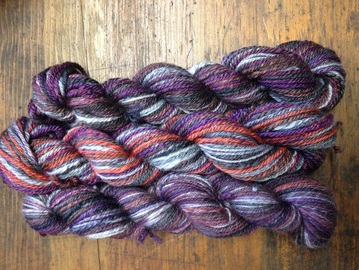 My Woolee Winder arrived last week and I've been spinning CONSTANTLY. I had one bobbin (2oz) of BFL/Silk 80/20 spun up from the Men's Spring Knitting Retreat. Once the winder came, I spun the second 2oz up and navajo plied each of them. I managed to spin and ply the third bobbin as well. I have 2oz left of this amazing fiber "Lunar Dance" (which I bough at A Touch of Twist) and I'll have fun spinning it up as well the same way. At first I thought I would ply two singles together since the colors were a bit different but then decided that a navajo ply (3ply) would be better. I'm happy with my decision... now. what should I make? Current Knitting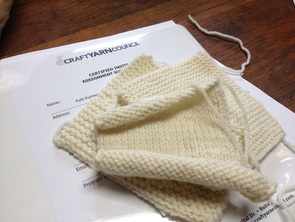 Here's some of it at least. I have unearthed the Craft Yarn Council's Certified Instructors Program from the depths of the studio - Level 1 is about 2/3 done and I just have swatches to knit and a some paperwork to complete. Over the weekend I was able to complete 3 of the swatches in addition to everything else I did and I will continue to press on. The swatches aren't difficult... they just take time and some real paying-attention when it comes to execution. These will be blocked, labeled, and included in the entire package. There'll be more about that later. Questions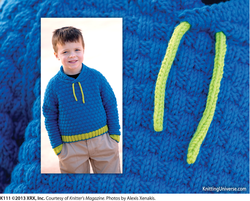 Justine emailed me over a year ago asking if I might be able to re-size the Corydon sweater (Knitters K106) to fit a child. I explained to her that once a pattern is sold to a magazine or book, the contract dictates what the designer can do. In this case, I contacted Knitter's Magazine to find out how we could answer and Rick suggested we re-size it as a kid's pattern and use it in an upcoming issue. What fun! So... a year later, Knitter's Magazine issue K111 has some classic patterns re-sized and re-styled to fit little ones. The model they used for my "Corydon Jr." is adorable! Since it was released I sent an update email to the Justine and she's very excited about the result. She tells me she's going to let her boys choose the colors for their sweaters and commented "should be an interesting result!" - I am looking forward to photos! 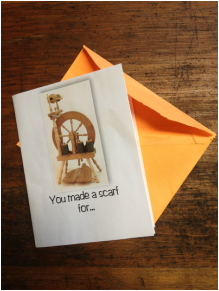 The Fiber to Scarf Exchange began a year ago at the Men's Spring Knitting Retreat. After seeing the fun reveal at last year's event, and having just purchased my first wheel, I signed up, eager to have a project to work on and a way to connect myself to the retreat during the year. The exchange works like this: Folks who are interested sign up and send fiber and a small amount of money to cover postage/etc. to the organizer. Once all the participants have submitted their fiber goodies, they're assigned a number by a person not involved in the exchange. Then, each fiber is shipped off to someone else! I signed up, mailed out fiber I purchased from Briar Rose, one of the generous retreat sponsors, and waited for my assignment. 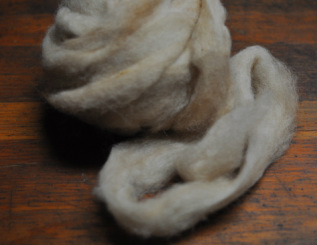 I received a package with a large amount of 70/30 Alpaca/Corriedale blend selected by the mystery guy in early August, 2012, and it got stored away. For a long time. Part of the reason it sat was the fault of (at the time) my unorganized studio. Having recently moved I was still sorting out what I wanted the space to be and that caused me to keep the project on hold. Finally I decided to just dive in. After all, there was a lot of this fiber and certainly enough to mess up if that were to happen.... so I weighed out a bit and tried spinning it. (and it was HEAVEN!) - The fiber was lovely and apart from a bit of vegetable matter, spun right into a light dk weight 2-ply yarn quite easily. The preparation was real, true roving - light, airy strips of fiber. The spinning was the easy part. I had a little sample I was happy with and that lived on my Sidekick and as I spun (worsted short draw) I'd audit my work and check to see if it was about the same thickness. Once I was comfortable and had a bobbin of 2-ply natural yarn completed, I spun up, I realized that I didn't want to make the scarf all this color. This fiber was simply BEGGING to be dyed... so I went to my studio and found a combination of brown, grey, green and caramel that made me smile. I dyed about 4 ounces of this fiber, split into two pieces and held side by side. Those rovings were each spun as singles then plied together. Once the fiber was all spun up, I hand wound it into balls. There's just something about working with handspun that makes me want to avoid the ball winder. Hand winding it allowed me to inspect the yarn and see how even (or not!) it was through the skein. I did some math to determine how large of a scarf I wanted to make and verified that I had enough of the warp yarn. (I could always spin more weft if needed but it'd be a shame to work so hard to end up with a short scarf!) 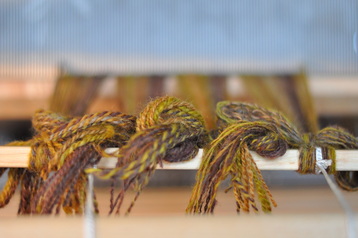 Time to warp the loom. Early one bright morning I found myself direct warping, carefully counting off the number of warps needed for the scarf. It takes a while to warp a loom. Getting all the yarns in the right heddles, double (and triple!) checking to make sure nothing is out of place. It's the prep work that makes for a beautiful finish. Once that was done, it was time to weave! 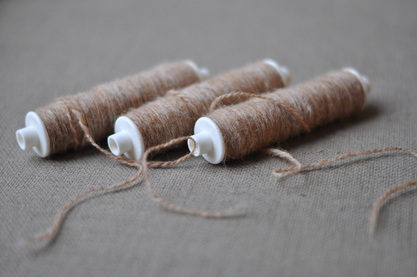 (Almost). The next step is to wind bobbins of weft yarn in preparation for weaving. I do this using an antique bobbin winder that came with my antique sock knitting machine. I began with 3 (but I think I ended up using 5 bobbins before the scarf was complete). The 2/2 twill pattern, by the way, is from the Handweaver's Pattern Directory by Anne Dixon. My warp is 20 WPI and I used a 10 dent heddle. When it was time to weave I started by evening out the spacing on my warp using a waste yarn. Then I begin weaving my pattern, following the pedal sequence in the warping diagram: 1, 2, 3, 4, 1, 2, 3, 4, 2, 1, 4, 3, 2, 1, 4, 3... over and over. (there's lots of pedaling when ya' weave) - and just like knitting, it's VERY important to finish a row (sequence) before you stop. this was a pretty simple pattern... I imagine it takes a while to find your place in a more complex one! Once a few rows have been completed, it's time to hemstitch. This is a way to secure the fabric at the start and end of the piece and it's a simple technique once you understand the order of movements. The same thing happens at the end of the work. By the way, I LOVE my golden needle. It's one of my favorite knitting tools and anyone who is curious about a good tool for finishing, I highly recommend this type of needle! The actual weaving isn't time consuming... it takes some concentration to keep the edges straight. Since I'm somewhat new to weaving I am certainly still learning. My favorite tip so far is the use of floating selvedges. Basically, these are additional yarn warp threads that are on the ends of your fabric and are used to keep the edges straight. For this project, everything seemed to be going fine until one side started getting wavy. I wasn't sure what was wrong (at first I thought it was just tension problems) and then saw yarns hanging off the side of my weaving and realized that my some of the yarns in my warp had broken! (eeek!!!) (no photos of the bad broken warps!!) - instead, here's a closeup of the pattern. After a quick meltdown I stopped, loosened my warp a bit, and carefully tied on a new warp to the broken one and re-attached it and tightened it up nice and even. That worked great for a while and I felt a bit proud, then a different one broke. EEEEEK!. No problem. I just fixed it again. The moral to THAT story is this: (and someone correct me if I'm wrong or you have a better solution) - when working with a handspun warp or a fiber that might be a bit more fragile than ideal, the floating selvedges could be made using a stronger thread. If I was to do this over I'd use some sort of strong thread in the selvedge of the scarf. In the end, though, I think it's a respectable scarf. I cut it off my loom, used my cute little fringe twister to make fringe (which, by the way, took around 2 hours!), then I soaked the entire piece in wool wash, spun it out, and hung it up to dry. Then, it came time to attach my label, fold it up, and pack it away in my suitcase to gift it to whoever it is that I made it for. Would I do this again? In a heartbeat. During the retreat we do a show-and-tell where the exchange items are shared with everyone. I didn't take photos of that part, nor did I photograph the scarf on its new owner, but feeling this experience go full circle - starting a year ago when I watched the giving of finished handspun scarves and ending with my presenting my very own creation to another creative guy - was rewarding. It was a fun project, and I'm pretty happy with the way it turned out, especially since it's the very first time I've spun fiber into yarn for a specific project. It's frustrating to not be specific about what I'm doing from time to time, but keeping projects secret is one cure of being a designer. As you can see, I've been working (off and on!) on this for a year... and I couldn't say a thing! For those on Ravelry, the final project can be viewed (and "loved") with THIS LINK. With that in mind, I decided that I need to work on more projects than just the ones for publication. I'm hoping in the next blog post (which should be more frequent as well!) I'll talk about some of my current knitting. That post will talk more about my first ever trip to New York City and some other highlights about the Men's Spring Knitting Retreat. |
Archives
July 2023
Categories
All
|
ExploreFor Fun
|
Support |
Connect |
© 2006-2023 Kyle William. All Rights Reserved.

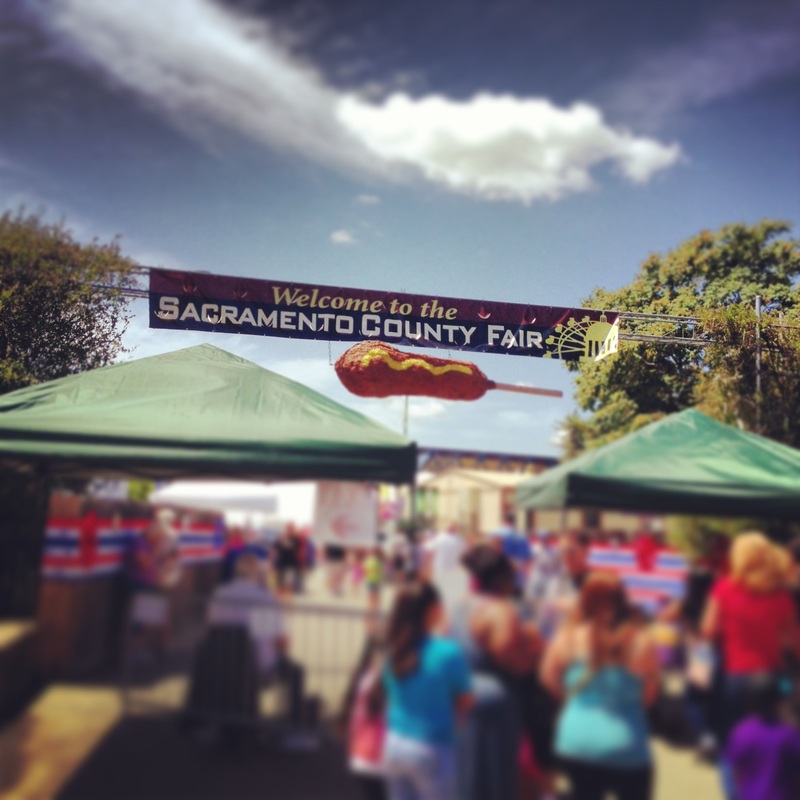
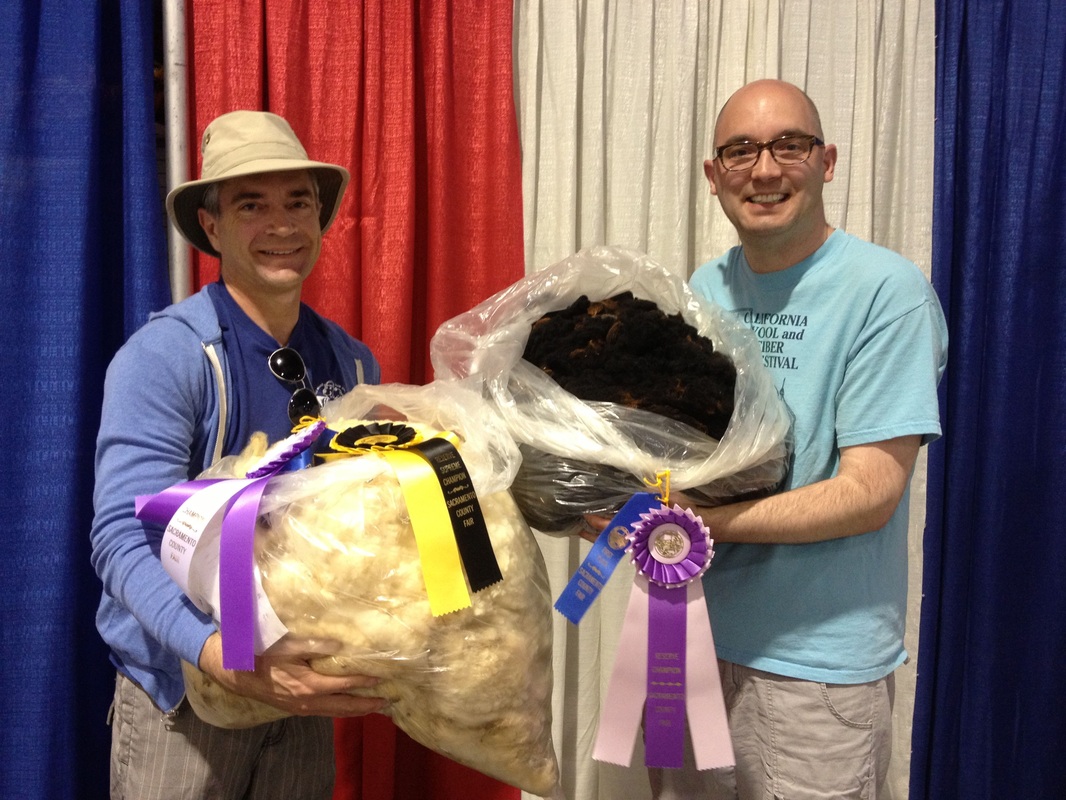

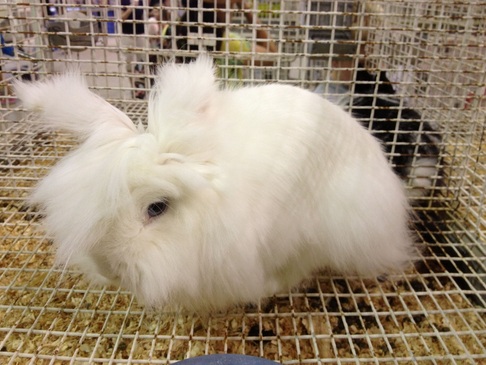
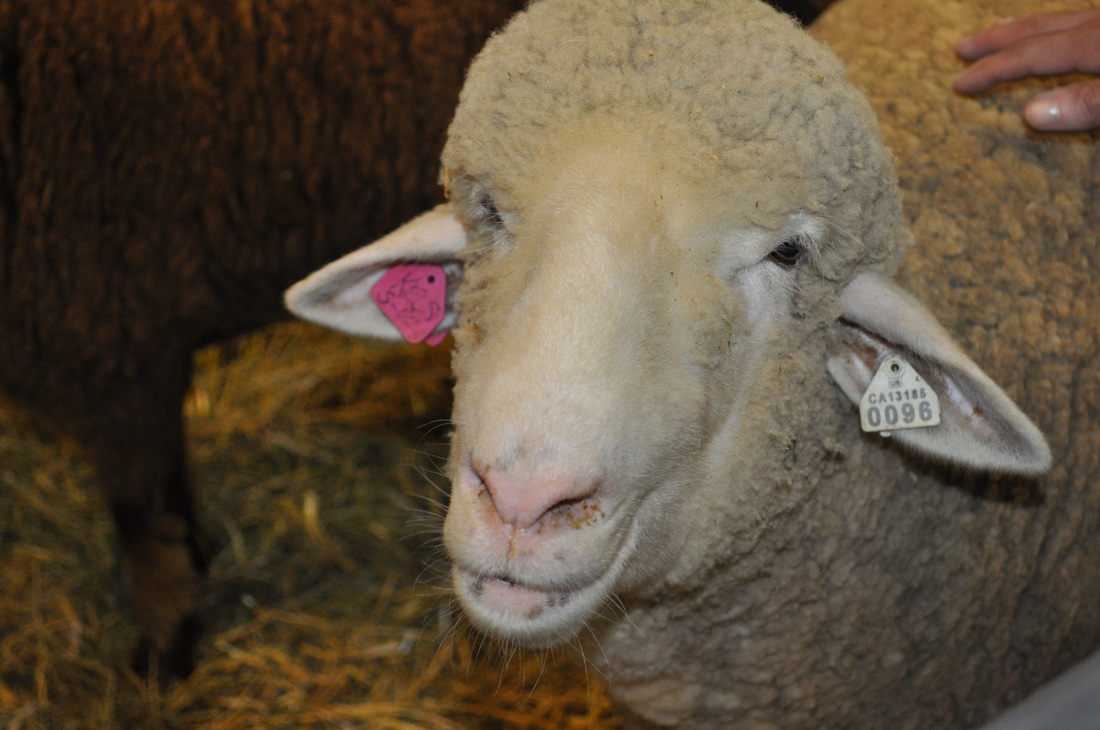
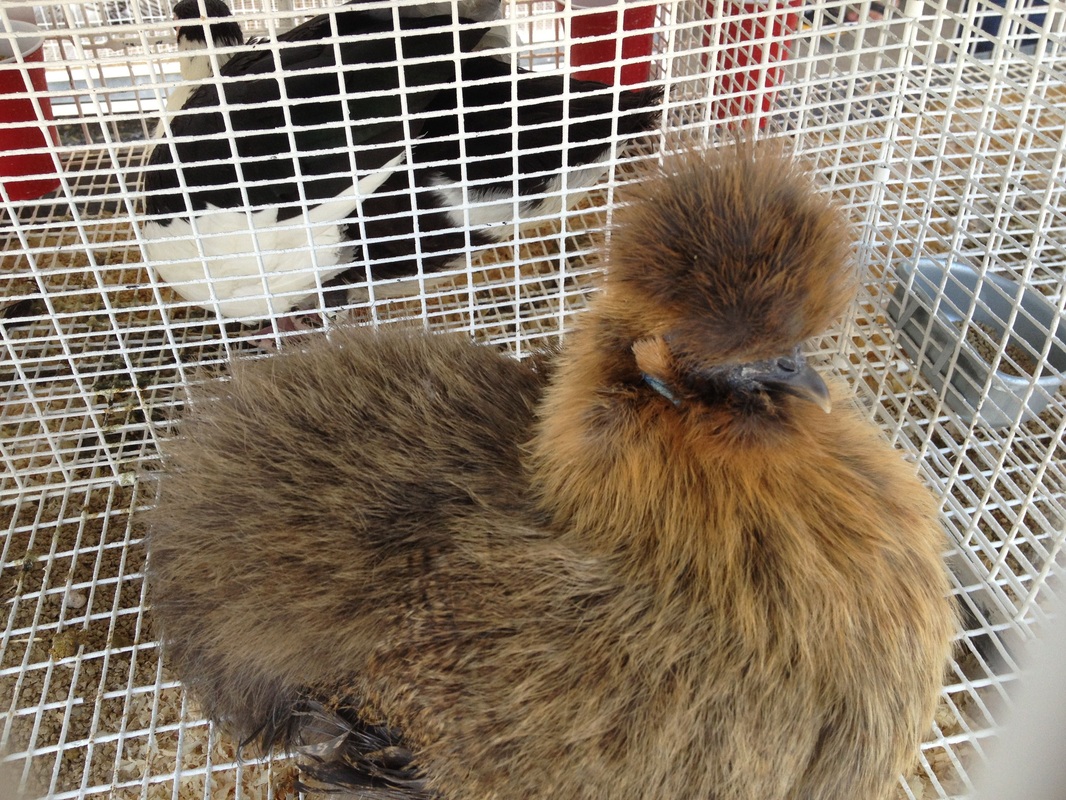
 RSS Feed
RSS Feed
